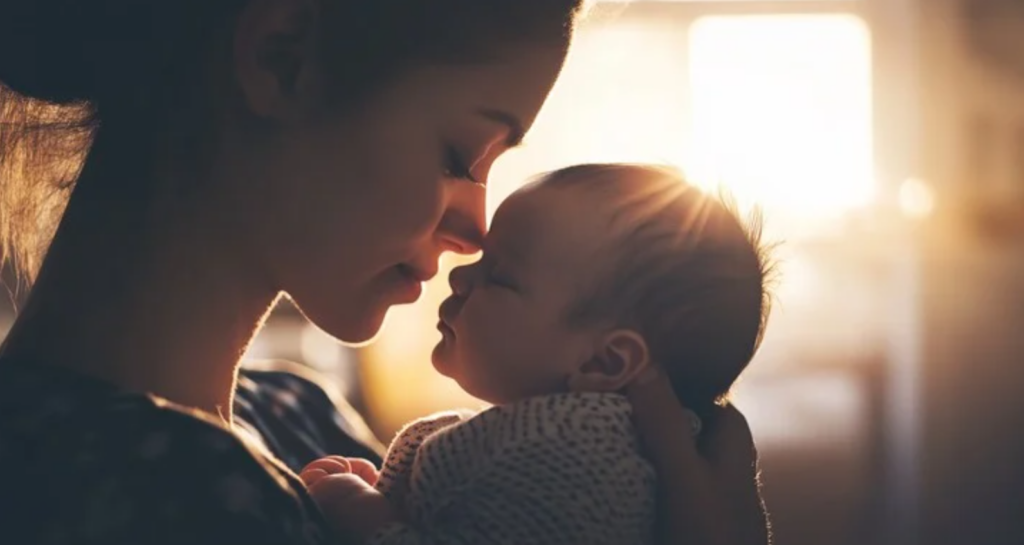Creating an optimal sleeping environment is essential for your baby’s well-being and development. Babies thrive on restful sleep, and the right surroundings can ensure a peaceful night for both them and their caregivers. A combination of comfort, safety, and consistency forms the foundation of a good sleep routine. Here’s a comprehensive guide to crafting the perfect sleeping environment for your little one.
Why the Sleeping Environment Matters
A baby’s sleeping environment significantly affects the quality and duration of their rest. An ideal space promotes calmness and reduces disturbances, helping regulate the baby’s sleep cycles. Furthermore, a well-thought-out environment minimizes the risks of sleep-related issues such as overheating or sudden awakenings due to discomfort.
Key Aspects of an Optimal Sleeping Environment
Temperature and Humidity: Maintaining a comfortable room temperature is crucial. Babies sleep best in a space that feels neither too hot nor too cold. Opt for lightweight, breathable sleepwear and consider using a baby-safe thermometer to monitor conditions. Humidity levels should also be balanced to prevent dry air, which can irritate a baby’s skin and respiratory system.
Bedding and Crib: The baby’s crib should be equipped with a firm mattress that fits snugly without gaps. Avoid using pillows, loose blankets, or stuffed toys, as these can pose safety hazards. Instead, use fitted sheets and swaddle the baby, if appropriate, to provide warmth and security.
Lighting: Dimming the lights before bedtime helps signal to the baby that it’s time to sleep. During the night, a soft nightlight can provide sufficient visibility for caregivers while maintaining a soothing ambiance.
Noise Control: Background noise can disrupt a baby’s sleep. Using white noise machines or calming music can create a consistent auditory backdrop, masking sudden sounds that might otherwise startle your baby.

Encouraging a Safe and Restful Sleep Routine
Establishing Consistency: Babies benefit from routines, as predictable schedules help regulate their internal clocks. Create a pre-bedtime ritual, such as a warm bath or gentle lullaby, to signal the transition from playtime to sleep.
Reducing Stimuli: Remove toys and distractions from the crib to ensure the baby associates the sleeping area with rest, not play. Keeping the room tidy and minimalistic further fosters a calming environment.
Positioning and Supervision: Always place babies on their backs to sleep, as recommended by the American Academy of Pediatrics. Regularly checking on the baby, either in person or through a reliable baby monitor, ensures their safety throughout the night.
Tips for Overcoming Common Challenges
If your baby struggles to fall asleep or wakes frequently, consider small adjustments to their environment. For instance, experimenting with swaddle types or introducing calming scents like lavender (via a baby-safe diffuser) can make a big difference. Ensuring your baby is neither hungry nor overly tired before bedtime is equally important for a smooth night.
Supporting Long-Term Sleep Success
An optimized sleeping environment contributes to better health and emotional stability for your baby. Over time, these habits will help your child develop a positive relationship with sleep. By being attentive to their unique preferences and needs, you can ensure that bedtime becomes a peaceful and cherished part of your day.
